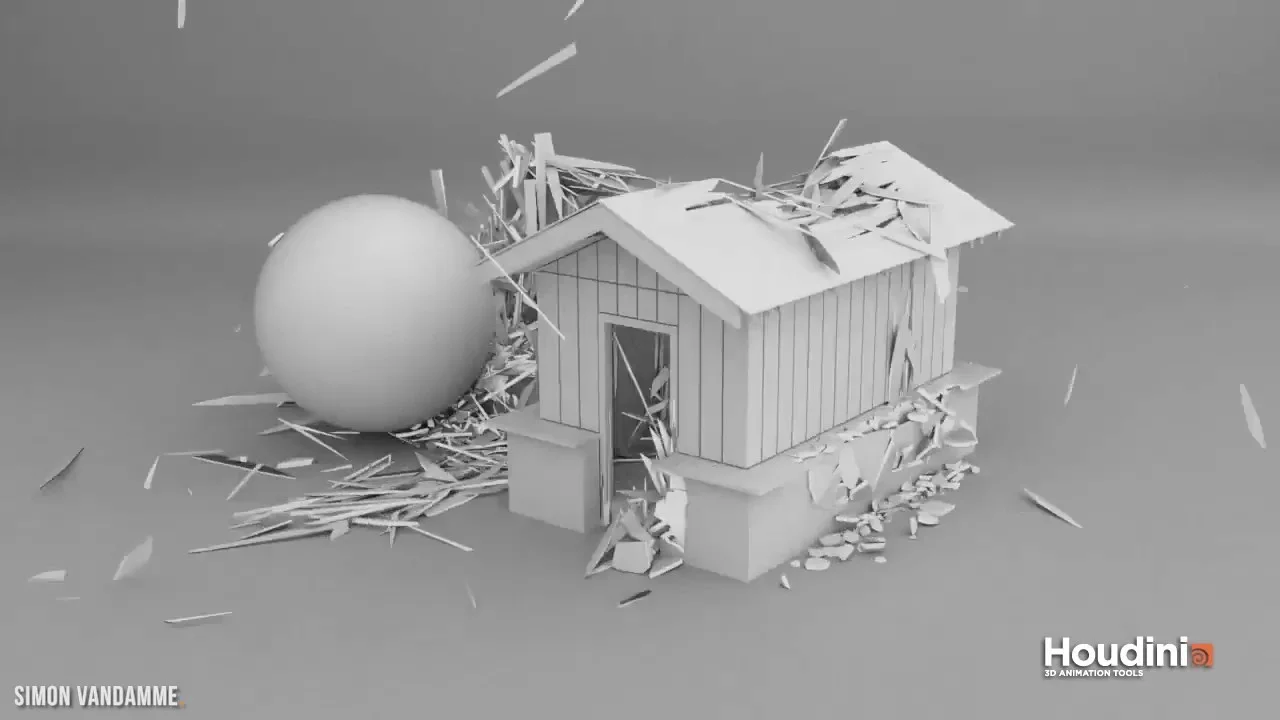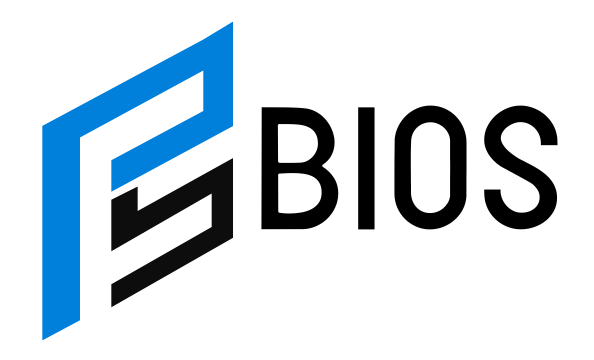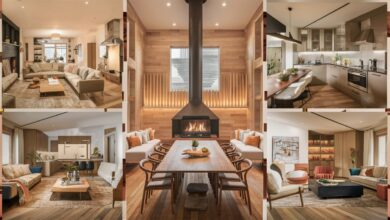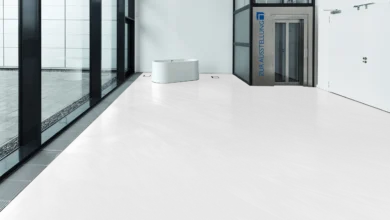MPC in-House The Focus Houdini FX Tutorials

1. Who Uses “MPC In-House: The Focus Houdini FX Tutorials”?
MPC in-House The Focus Houdini FX Tutorials: This program is crafted for junior FX artists being onboarded at MPC studios, notably in their FX departments. MPC is a major VFX studio working on global film and commercial projects. The training is geared toward entry-level TDs (Technical Directors) learning Houdini to contribute to film/VFX pipelines. External platforms sometimes host repackaged versions, but originally it’s an internal curriculum designed for MPC’s in-house artist development.
2. What Is the “Focus Houdini FX Tutorials”?
According to listings on training resource aggregators, this is an 8-week Houdini training program intended for beginning artists. It includes comprehensive modules on FX fundamentals and practical techniques such as:
-
Animated source smoke & simulation — advecting points, shaping volumes, prepping source geometry, animated sources.
-
Constraints — glue and soft constraints, clustering, applying constraints to wall destruction setups.
-
Fracturing geometry — voronoi, boolean fractures, proxy geometry, material fractures, cleanup, setup for simulations.
-
Pyro simulations — animated fire sources, combustion models, sourcing techniques, flame shaping.
-
Python & HDA (Digital Assets) — parameter promotion, creating custom control interfaces, dopnet binding via Python scripting.
-
RBD solver usage — basic DOPnet solver creation, high-resolution transformation post-sim, prepping high-res geometry.
-
Rendering and shading — pyro shaders, smoke shading basics, particulate rendering.
-
Smoke sourcing & simulation — source creation, basic smoke solvers, velocity injection via field forces, micro solver review, Dopnet field visualization.
This multi-Gigabyte bundle (≈13–15 GB) represents a core foundation for Houdini-based FX workflows at MPC
3. When Is It Used in the Artist’s Journey?
This series is likely offered during the initial 2-month onboarding phase for new hires at MPC. It’s intended as structured training that precedes full production work, enabling artists to practice in a controlled environment before contributing to live shoots.
Externally, this content has recently surfaced (May 2025) on third-party sites like CGDownload.ru and PSDLY.com. Though publicly listed, it remains proprietary training material tied to MPC’s internal curriculum.
4. Where Can It Be Accessed?
-
Internally at MPC: Delivered via MPC’s learning platforms or intranet for trainees.
-
Public repositories / repack sites: Conveniently mirrored (legally or not) on sites such as CGDownload.ru or PSDLY, labeled as “8-week Houdini training.” These external listings often present the course as part of free or pirated 3D tutorial collections
-
Similar training sources: Other professional Houdini training is available via SideFX (official tutorials), CGMA, Rebelway, and Houdini-Course.com—but those differ in scope, access, and licensing.
5. Why Is This Tutorial Series Important?
Accelerated Learning for Production Context
The course delivers real-world, studio-proven FX techniques instead of theoretical exercises. Artists learn how to implement constraints, pyro, fracturing, smoke, and Python-based tools—knowledge directly applicable to production pipelines.
Holistic FX Coverage
Coverage spans from granular particle-level control (e.g., advecting points in volumes) to large-scale destruction and shading workflows—preparing artists across the entire FX spectrum: pyro, RBD, scripting, and rendering.
Python & HDA Integration
Emphasis on Python scripting and Houdini digital assets (HDAs) reflects modern studio practice—artists learn to abstract tools for reuse, parameterize, and automate within shot pipelines.
Efficient Studio Onboarding
A fixed 8-week curriculum lets supervisors benchmark progress and designers know what training new hires have received—streamlining team integration.
Bridges School and Studio
By using the same toolset and pipeline language as MPC, this course eases the transition from academic to studio work, avoiding learning gaps.
6. How Is the Tutorial Structured?
Module-by-Module Breakdown
-
Week 1: Animated Source Smoke & Volume Simulation
Learning setup, advecting points, controlling volume behavior, and shaping smoke sources. -
Week 2: Constraints
Hands-on glue, soft constraints, clustering, art-directed breaking for simulated destruction. -
Week 3: Fracturing Geometry
Stepwise approach—voronoi, boolean, proxy cleanup, inner-detail fracture for RBD setups. -
Week 4: Pyro FX
Fire simulation fundamentals—animated sources, combustion modeling, sourcing, review, and flame shaping. -
Week 5: Python & HDAs
Create clean tools—promote effect parameters, generate HTAs for scene management and reuse. -
Week 6: RBD Solver Workflows
Setup of dopnet solvers, high-res prep, post-simulation transforms for detailed renders. -
Week 7: Pyro & Smoke Rendering
Shader creation for pyro, smoke shading basics, particulate renders, final tweaks and review. -
Week 8: Smoke Sourcing & Velocity Injection
Building volume sources, field force application, visualization of microsolvers and velocity fields.
Each week includes step-by-step video instruction, scene files, and likely hands-on exercises. The modular design allows stage-level mastery before tackling the next concept.
7. Strategy: How to Make the Most of This Tutorial Series
| Goal | Strategy |
|---|---|
| Practice and Reinforce | Follow along daily; replicate scenes with variation. |
| Leverage Python/HDAs | Build small tools each week to strengthen modular skills. |
| Document Your Workflows | Keep notes on node trees, solver setups, and best practices. |
| Explore SideFX Resources | Use SideFX’s tutorials to deepen fundamentals and go beyond production scripts. |
| Compare with External Courses | Pair with CGMA or Rebelway for advanced or alternative techniques. |
| Safe Access and Legitimacy | If you’re not at MPC, use these topics as inspiration to build your own training; rely on ethical, official Houdini learning paths. |
In Summary
“MPC In-House: The Focus Houdini FX Tutorials” is a structured, 8-week, production-level training program designed to bring new FX artists up to speed on Houdini fundamentals, with deep coverage of pyro, RBD, constraints, scripting, smoke rendering, and asset building. While surfaced online via third-party sites, the series represents studio-calibrated knowledge for MPC’s pipeline.
If you’re interested in building a similar learning path, I can help outline week-by-week projects, suggest comparable SideFX tutorials, or advise on modular breakdowns aligned with these topics. Let me know!




